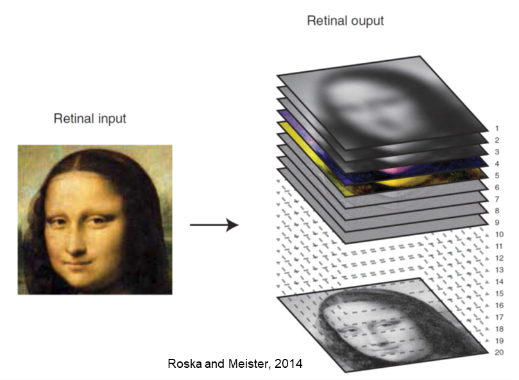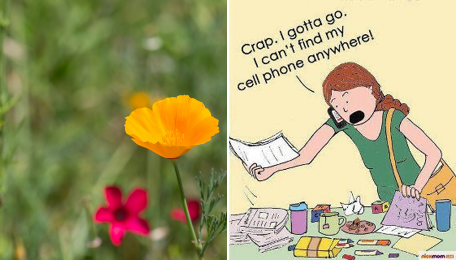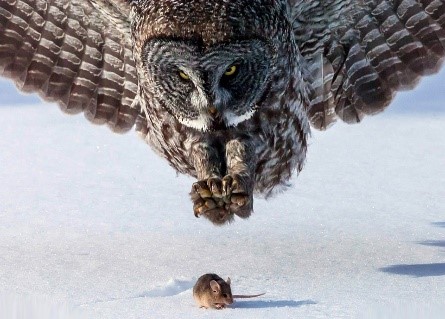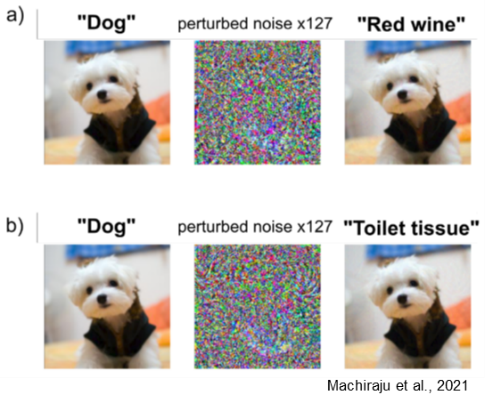About half of the human brain is involved in processing visual information. Visual processing starts at the retina, where vast amounts of information enter the eyes (~1 billion bits/sec) and are processed by retinal circuits. The retina sends the information mainly to two principal visual centers: the superior colliculus (SC) – an evolutionarily conserved structure, and the visual cortex – a newly emergent structure in mammals. Visual processing not only creates a coherent perception of what we see but also extracts a tiny amount of specific knowledge to guide our behavior (~20 bits/sec). What are the neural circuit mechanisms and computational principles underlying such processing? We tackle this question with four specific aims.
1) Neural representation of visual features and its underlying circuits 
At the first stage of visual processing, different visual features are extracted from the visual scene that flows into our eyes. In the retina, each of ~30 distinct types of retinal ganglion cells (RGCs) conveys information about a specific feature. Each type tiles the entire retina in a mosaic arrangement, ensuring a representation of each feature at every point in the visual space. The retina sends this processed information in parallel channels to the brain. How does the brain process these visual features? In mouse SC, one finds that orientation and motion direction are represented as functional patches, where neurons within ~30 degrees of visual angles share the same preference. We are interested in such neural representation of visual features and the underlying neural circuits that implement it.
2) Neural mechanisms underlying visual attention 
Attention, a process of selecting useful information from the morass of visual data, is critical for animals to survive in a complex and ever-changing environment. There are two types of visual attention. Exogenous attention is driven by external stimulus, and endogenous attention is driven by specific goals. The bottom-up and top-down processing often interact with each other. We are interested in the neural mechanisms underlying visual attention.
3) Neural circuits for visually evoked innate decision-making behavior 
Behavior is the end product of sensory processing. How is visual information used to guide animal behavior? When a mouse detects an approaching aerial predator, it has to decide whether to freeze or to flee back to its burrow. Such innate decision-making behavior is essential to survival and therefore robust. The underlying neural circuits are elaborated by evolution and is likely the same across different individuals in the same species.
4) Biologically inspired computer vision 
Convolutional neural network (CNN), which is inspired by the primate ventral visual pathway, has revolutionized computer vision. At some vision tasks, such as image classification and segmentation, it has reached or even suppressed human performance. However, CNN apparently solves vision problems very differently from human. Small, crafted perturbations are sufficient to fool CNN to misclassify “dog” to “red wine” or “toilet tissue”. We are interested in fixing such bugs and bridging the gap between computer vision and human vision.
A better understanding of the neural mechanisms underlying visual processing will not only uncover the fundamental neural principles for brain functions, but also shed light to the treatment of neurologic disorders and the design of artificial intelligence.

